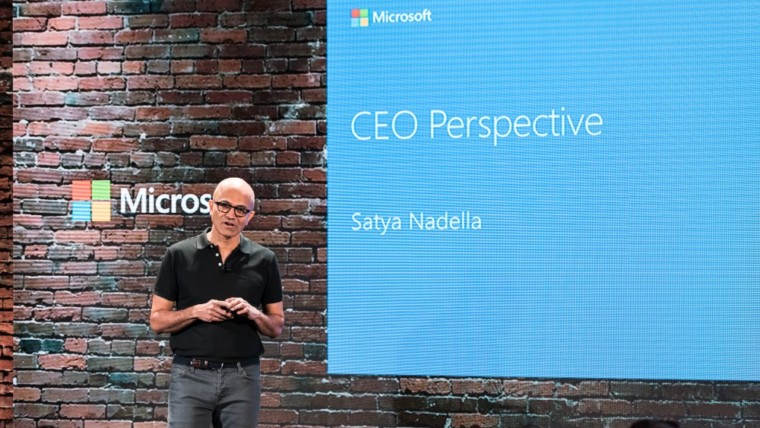Content management platform RebelMouse has a standard new product development process, but true to their name, they also know that sometimes you have to break the rules. CEO Paul Barry, formerly CTO over at Huffington Post, has pinpointed four triggers that signal a critical need for new product sprint, as well as the roles required to make them successful. They call it “fire starting,” but these guidelines keep your launch plan to a controlled burn.
Four Signs You Need a New Product Launch Plan
- A major industry shift that you can build a product around. This scenario is an urgent signal to get to work. If you can identify something a competitor is doing that will be a game-changer, you need to hop on that bandwagon ASAP and assemble your team to quickly build a product that can successfully compete with your competitor’s.
- When you need to speed up your internal product roadmap. If you’ve identified a current internal project as vital to the company’s success, but its launch isn’t coming quickly enough, it’s time to start a fire. Barry recommends asking three questions to make sure the project aligns with your business core objectives. If the results deviate too far from the core, kill the idea.
- How much will this affect the business when it’s live?
- Will this change our audience and revenue numbers when we release it?
- How challenging is it to execute?
- When internal policies are getting in the way of a product’s success. Perhaps your company policy is to only develop products ideated in a certain setting (like a brainstorming meeting) or by a certain set of people within the company. If that’s the case, you could be missing out on great ideas from people in other departments, or thought up outside of meetings. RebelMouse supports breaking the rules in this scenario to support those ideas.
- When you need to identify a new crop of creative talent within your org. This trigger corresponds with the previous one. If you suspect a team member of being a diamond in the rough based on the ideas they’ve contributed, support their creativity and praise their innovations, even if it’s not part of their current job title.
Assembling the Quick-Response Team
- The Fire-Starter. This is the developer who loves a challenge, works very quickly, and needs (even prefers) little oversight. Make sure you have at least one of these people within your organization whom you can call on when needed, and always be on the lookout for more of them (see trigger #4 above). Once you’ve identified what product you need, it’s up to this person to quickly develop the prototype.
- The Ember Tender. The Fire-Starter passes off their product baton to the Ember Tender, a project lead whose job it is to scale, iterate, and improve upon the product long-term. They should work closely with the Fire-Starter at the development stage so they have a deep product knowledge.
- A Team of Engineers. A small team of two to three engineers helps by giving rapid feedback to the Fire-Starter to keep the feedback loop as short as possible.
- The Business Lead. Similar to the engineers, this person is a source of feedback and a liaison between the small breakout group and the business department.
- Bonfire Manager. This is a senior-level leader in the company who can eliminate bureaucratic barriers and give near instant (think minutes, not days) feedback to the rest of the team so they can develop as fast as possible.
Published June 9, 2016








The Evolutionary Edge
Every Link Ever from Our Newsletter
Why Self-Organizing is So Hard
Welcome to the Era of the Empowered Employee
The Power of “What If?” and “Why Not?”
An Adaptive Approach to the Strategic Planning Process
Why Culture/Market Fit Is More Important than Product/Market Fit
Group Decision Making Model: How to Make Better Decisions as a Team